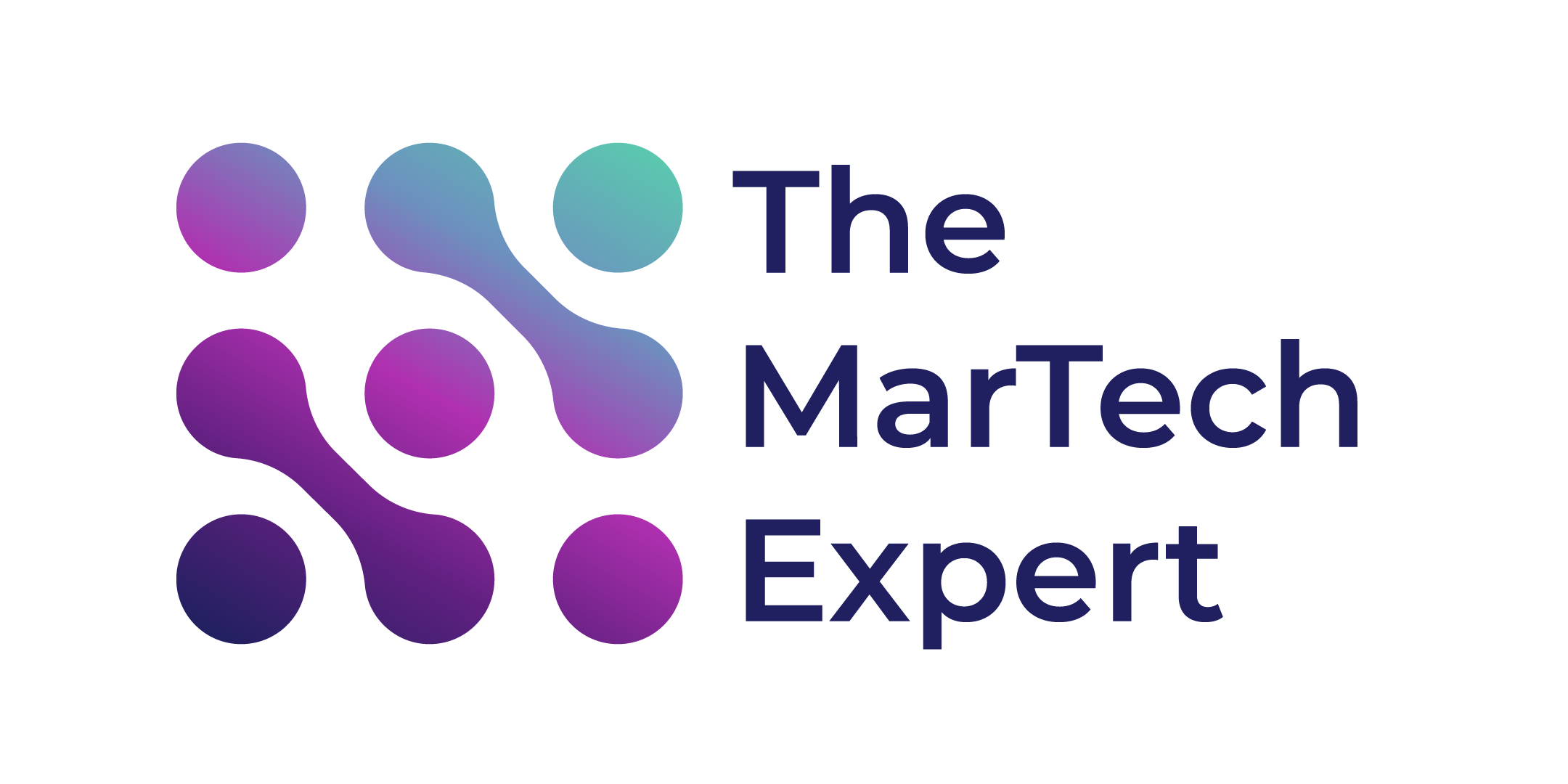In-Game Advertising (IGA) is not only cool but also effective! When done the right way, it can reach millions of highly engaged and attentive gamers out there, thus boosting your brand awareness, product engagement, and sales.
As video games become more immersive and closer to reality with each passing day, practically blurring the line between fantasy and the real world; proper in-game advertising only helps in further adding a layer of realism to the game environment!
What is In-Game Advertising (IGA)?
Imagine that while playing Call of Duty you come across a vending machine in a shopping mall. There you see a can of Coke inside it and immediately recognize it. But because this is the type of stuff you would normally expect in a shopping mall, you don’t find yourself asking “What’s the point of it being here?”
Instead, you become more immersed in the game as the vending machine and the can of coke further adds an element of realism to the game world. And, who knows, a chilled can of Coke is all you need to refresh your mood and further ramp up your gameplay!
This is what In-Game Advertising is all about. It is the art of seamlessly integrating ads as well as sponsored content into a game world in such a way that it does not disrupt a player’s immersive gameplay experience.
You May Also Like: Retail Media Networks: Separating Hype from Reality
Is In-Game Advertising (IGA) Effective?
Whether you are a game publisher or a product advertiser, in-game advertising has got both of you covered!
As a publisher, IGA can be a great source of additional revenue for you, both from gamers and advertisers alike. And as an advertiser, IGA can provide you with the just perfect opportunity to engage with your audience in the most ideal way that captures their attention and ultimately increases their purchase intention of your products.
In modern times, IGA is a very effective means of advertising. As per Statista, in-game advertising is projected to show an annual growth rate of 9.10% and reach a market volume of US $46.06 billion by 2027.
You May Also Like: 8 Must-Follow YouTube Channels for MarTech Lovers
How to Leverage In-Game Advertising for Your Business?
Before you start leveraging in-game advertising for your business, it is important to know about its types: Static, Dynamic, and Advergaming.
Static Advertising
Static advertising involves placing products or ads on in-game virtual billboards or posters that neither change once implemented nor interact with the player in any way.
If your product sits well with a game’s theme or genre, you may want to choose static advertising in order for your product to be placed permanently there. This can be a great way for your brand name or product to get noticed. For example, a billboard placed in the background of a FIFA game showcasing your football manufacturing company’s logo.
However, know that you have to let the publisher know about your ad product way before time. Static advertising is embedded into the game’s code and, therefore, takes time to be properly implemented.
Dynamic Advertising
Dynamic advertising makes use of a player’s profile, location, and behavior to display ads that can be changed or updated in real-time. This allows advertisers to target specific audiences and promote relevant products or services.
If your product’s appeal is time-limited or only ideal for short-term displays then dynamic advertising is for you. These advertisements usually take the shape of a banner, interstitial, playable, integrated, as well as incentivized ads. An example would be a player seeing a 15-second interstitial ad for a new outfit if a game recognizes them frequently buying new stuff for their in-game character.
Although dynamic ads are not as rigid as static ads, you do still need to let the publisher know beforehand. And for your own good, make sure that your dynamic ads sit well with the game’s environment. You cannot just show an ad for your latest cosmetic product in a shooter game!
Advergaming Advertising

Advergaming means developing a game solely for advertising purposes in which a company’s branded products or services are featured in order to promote them.
If you possess a creative mind, then advergaming should be your go-to option. The 1999 Pepsiman is a very good example of advergaming. As the name suggests, the game was developed to promote the Pepsi drink. With enough creativity, your advergame can become popular and ultimately increase your brand awareness by a significant margin.
Nevertheless, you do need a hefty sum of money to have your advergame developed. Nowadays, any game that does not fit into modern standards is simply left out to be forgotten.
Final Thoughts
As seen above, when done the right way, in-game advertisements can significantly boost your brand awareness, increase engagement, and drive sales. Since video games are here to stay for as long as one can imagine, now is your golden opportunity. While the IGA competition is still low, there cannot be a better time than now to get started with it!

Abdullah is a Tech and Gaming enthusiast. He has been playing video games ever since his childhood and his love for tech sparked the day when he looked at a game CD and wondered how this shiny surface could store a game inside it! As of today, he is not a kid to not understand what’s going on.














